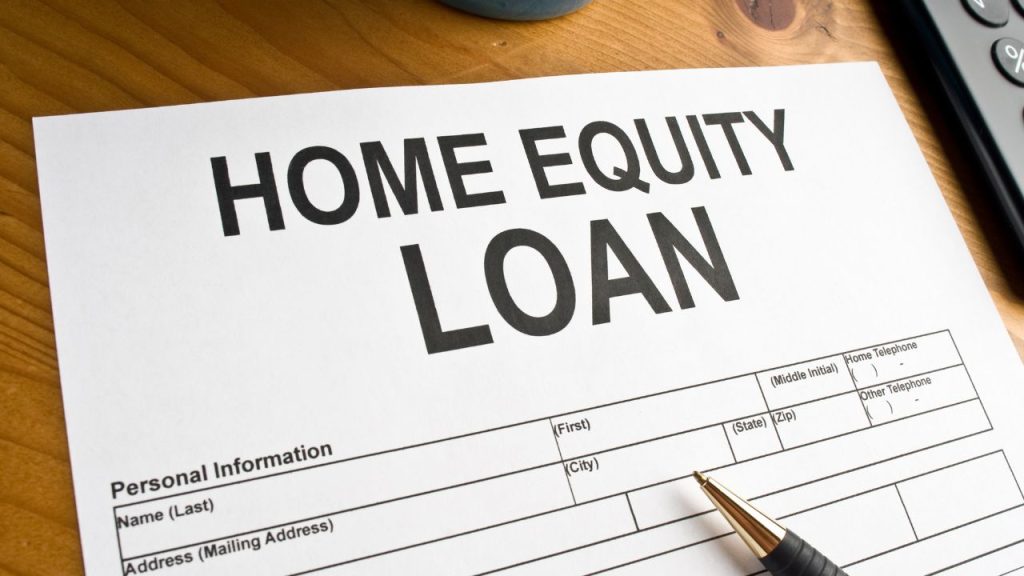Home improvement projects these days can be quite costly, leaving many homeowners wondering how to finance them.
Here are some smart ways to pay for your home improvement projects without breaking the bank:
1. Personal Loan

If you have good credit, a personal loan may be an option to help fund your home improvements. With a personal loan, you can get money quickly and use it for any project you choose.
Personal loans usually come with a fixed interest rate and repayment period, so it’s important to shop around for the best terms.
Finance institutions offer personal loans with competitive interest rates, allowing you to borrow the money you need for home improvement projects without breaking the bank.
2. Home Equity Loan

If you have equity in your home, a home equity loan might be an option for financing your improvements.
This type of loan is secured by using your home as collateral and can provide a lump sum of money that you can use for projects.
However, it’s important to remember that home equity loans come with higher interest rates than some other loan options, so be sure to shop around and compare terms before committing.
3. Home Equity Line of Credit

A home equity line of credit (HELOC) is similar to a home equity loan but with a few key differences. With a HELOC, you get access to a line of credit that you can use when needed.
This allows you to borrow money as needed and only have to pay interest on what you actually spend.
Additionally, the interest rate on a HELOC is often lower than on other loan types, making it an attractive financing option for home improvement projects.
4. Credit Cards

Using a credit card can be an easy way to finance your home improvements, but it’s important to shop around and compare terms before committing.
Credit cards usually come with high-interest rates, so you’ll want to make sure that you can pay off the balance within a reasonable amount of time in order to avoid costly fees.
Additionally, there are some credit cards that offer rewards and cash back on purchases, making them an attractive option for financing home improvements.
5. Energy Efficiency Loans

If you’re looking to make energy-efficient upgrades to your home, consider applying for an energy-efficiency loan.
These types of loans are designed specifically to help fund energy-saving improvements, such as adding insulation or replacing old appliances with more efficient models.
Many financial institutions offer these loans at a reduced interest rate, making them an attractive option for those looking to save money on their energy bills.
No matter what type of home improvement project you’re planning, it’s important to consider all your financing options before making a decision.
With a little research, you can find the best option for your situation and make sure that you have the funds to complete your project without breaking the bank.
6. Are Home Improvement Projects Worth It?

Home improvement projects can be a great way to upgrade your home and increase its value, but it’s important to weigh the costs and benefits before committing.
Consider factors such as energy savings, resale value, and convenience when deciding whether the project is worth it.
In many cases, home improvement projects are a great investment that will help you save money and increase the value of your home.
By considering these factors, you can make an informed decision about whether a home improvement project is worth the cost for you.
Below are some examples of projects that can be worth the investment.
Replacing Outdated Appliances With Energy-efficient Models
If you have appliances that are older or outdated, replacing them with energy-efficient models can save you a significant amount of money on your energy bills.
Additionally, the updated appliances will add value to your home and make it more attractive to potential buyers.
Adding Insulation
Adding insulation is one of the most cost-effective ways to improve your home’s energy efficiency. It can help to reduce your heating and cooling bills and also makes your home more comfortable while increasing its value.
Upgrading Your Windows
Replacing windows with double or triple-glazed models is one of the best ways to improve insulation in your home.
The extra layers of glass help to keep heat inside during the winter and out during the summer, resulting in significant savings on your energy bills.
Additionally, new windows can add to the aesthetic appeal of your home and increase its value.
Bottom Line
Home improvement projects can be a great way to upgrade your home and increase its value. It’s important to weigh the costs and benefits before committing, but in many cases, the investment is worth it.
By considering factors such as energy savings, resale value, and convenience, you can make an informed decision that will benefit you in the long run.



